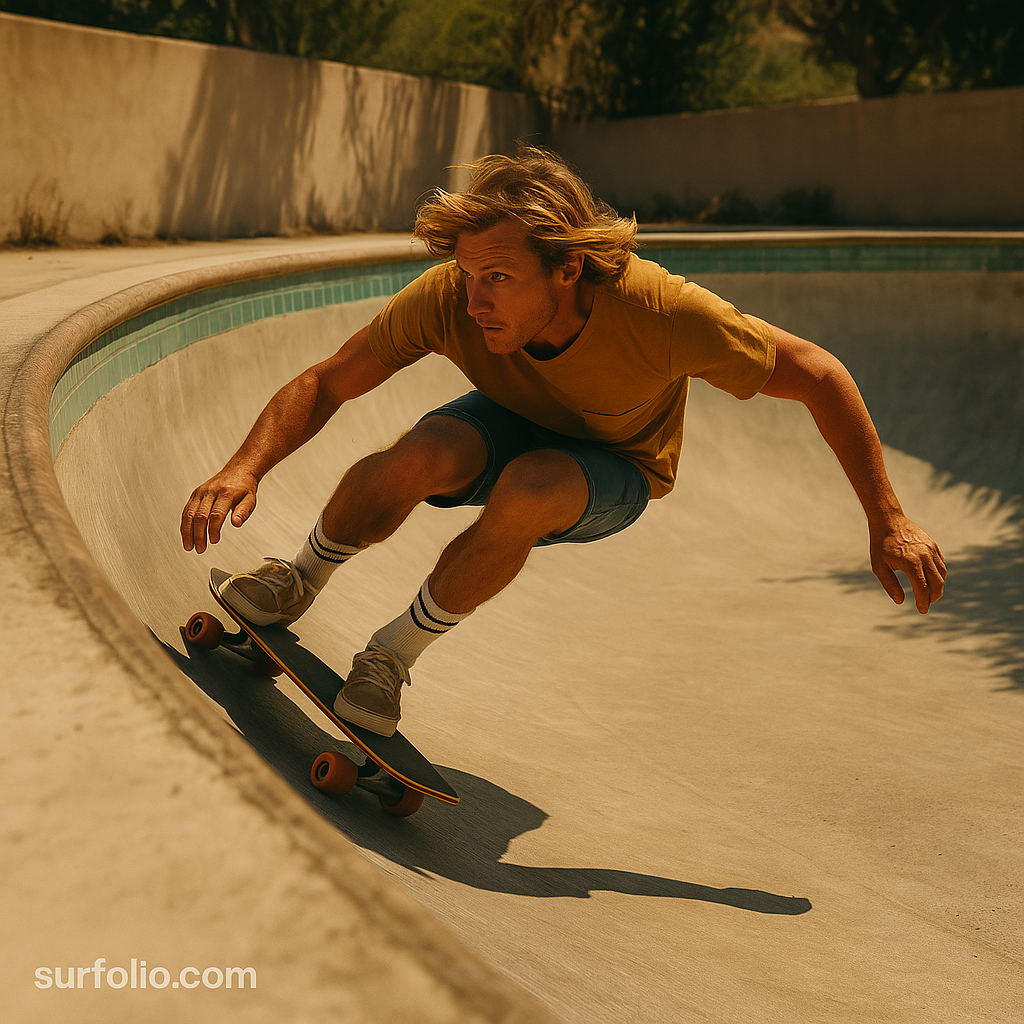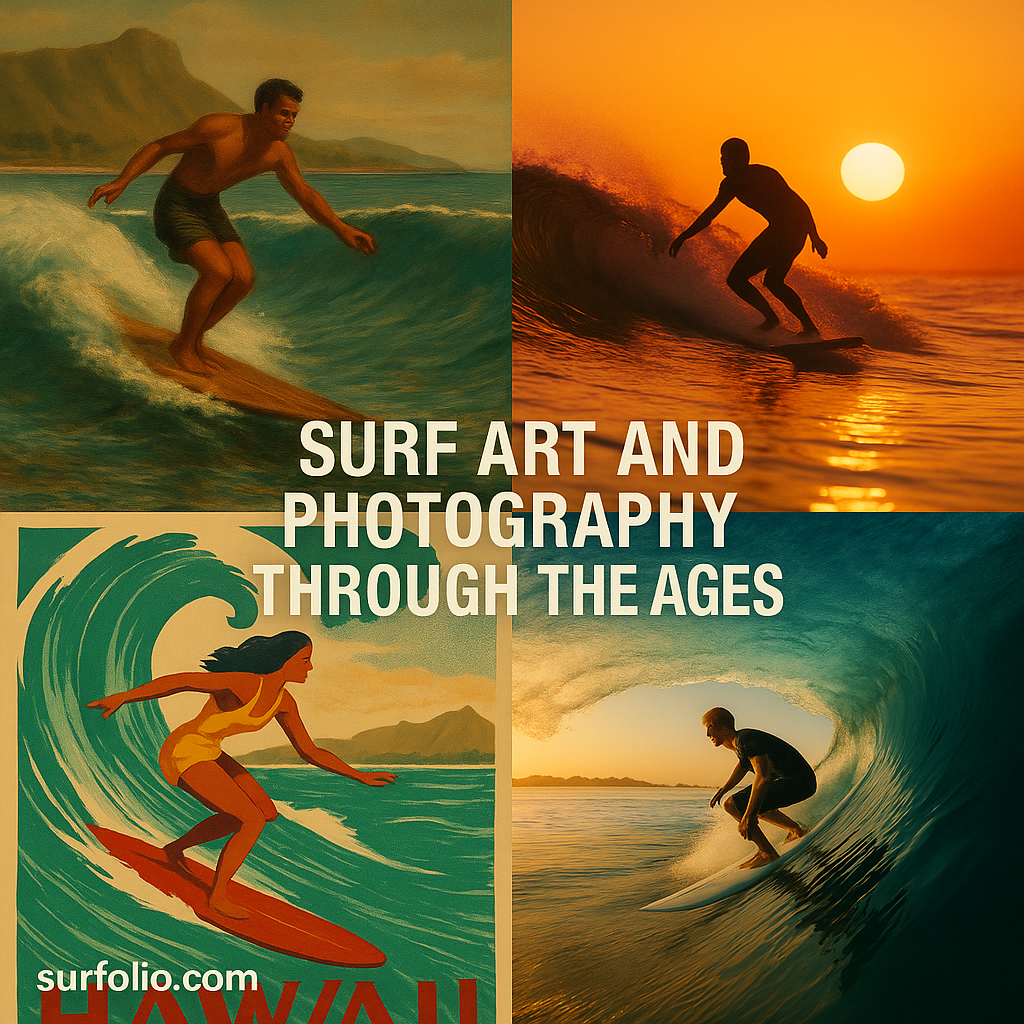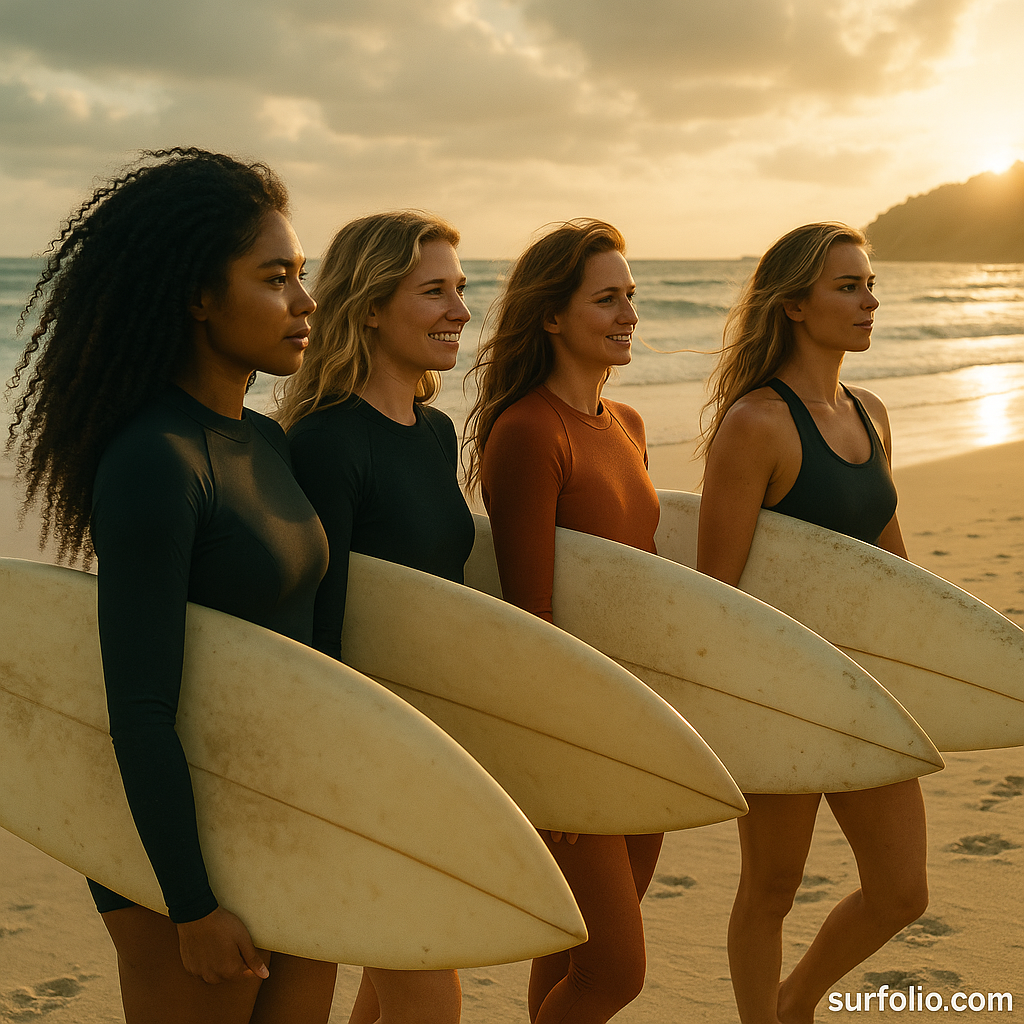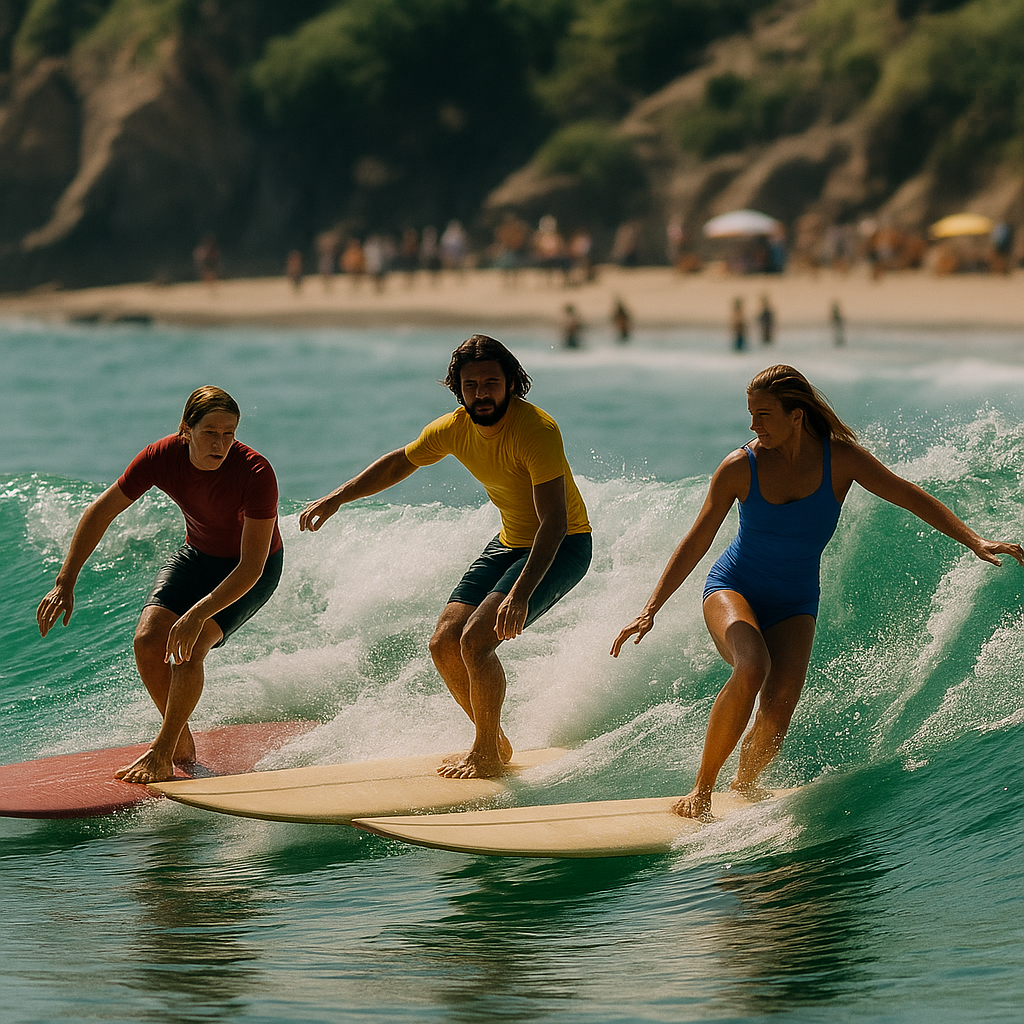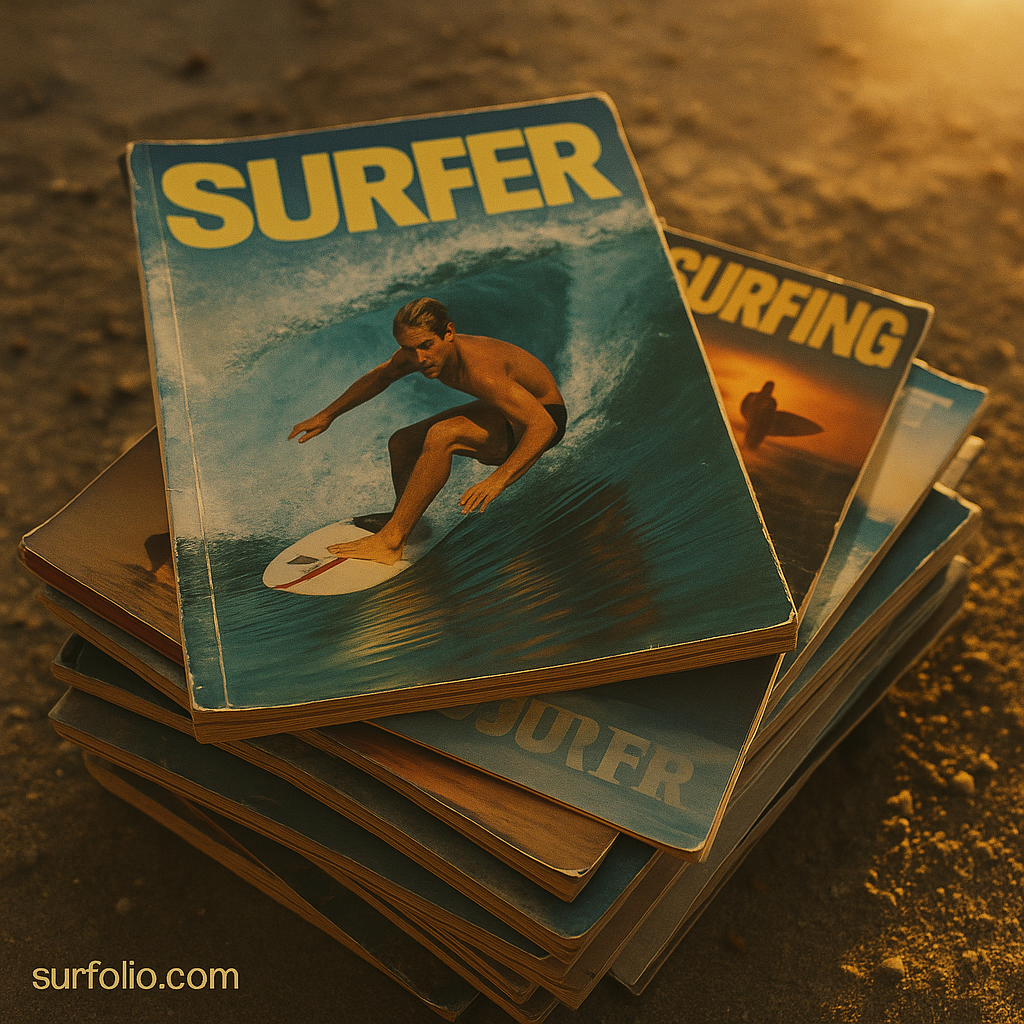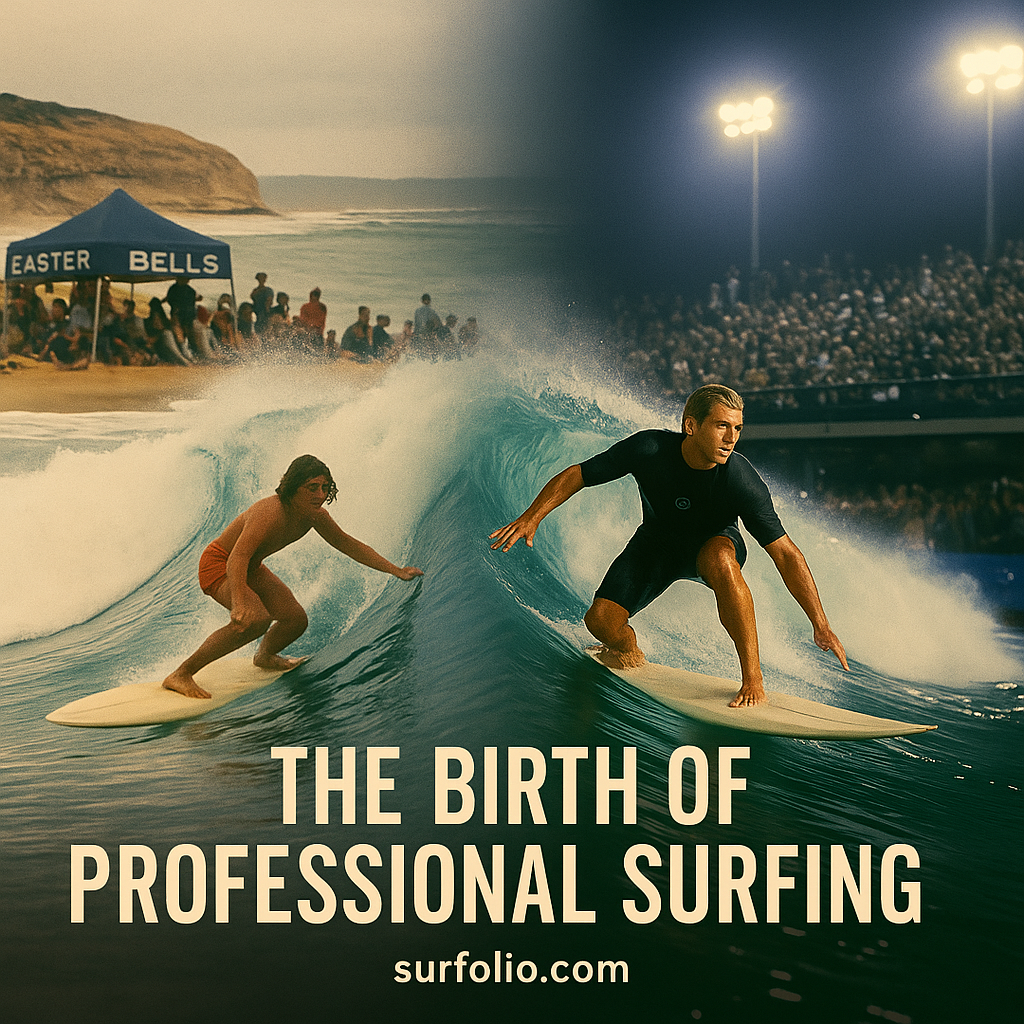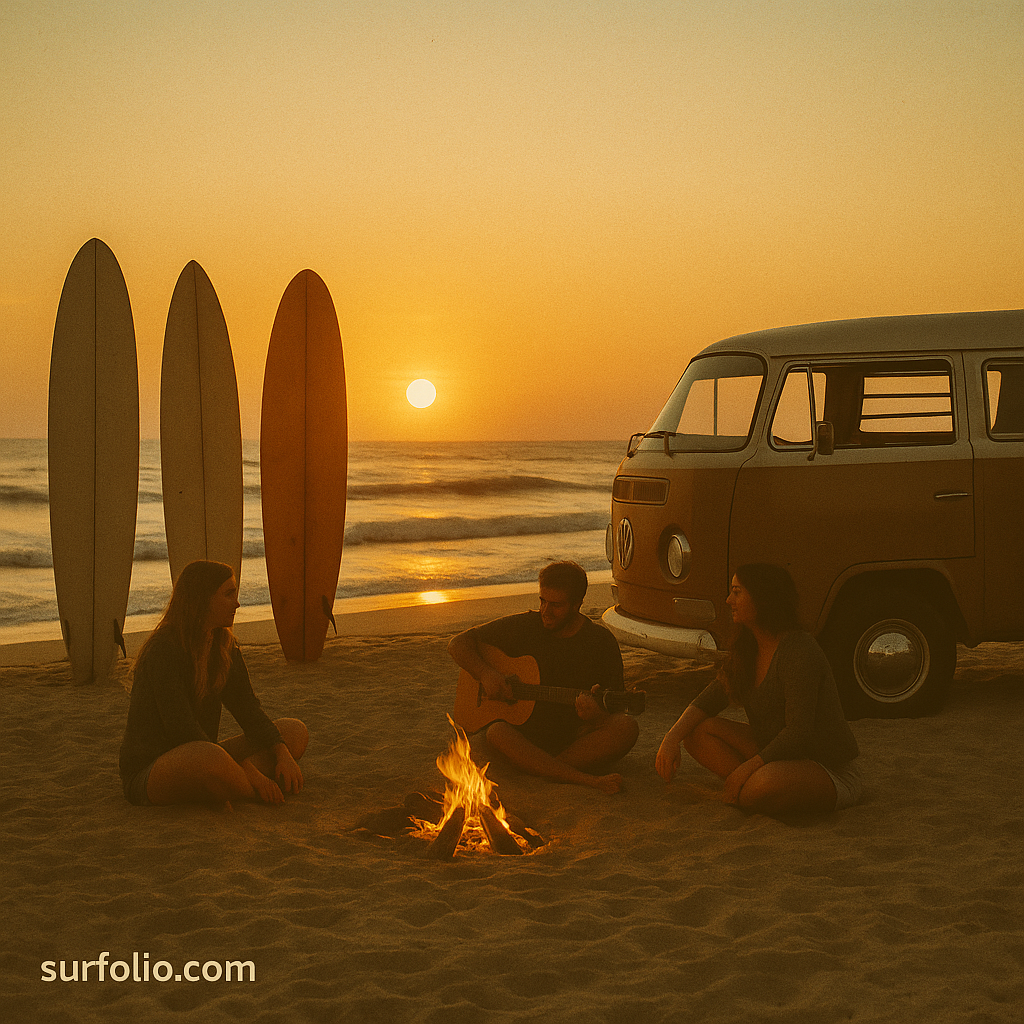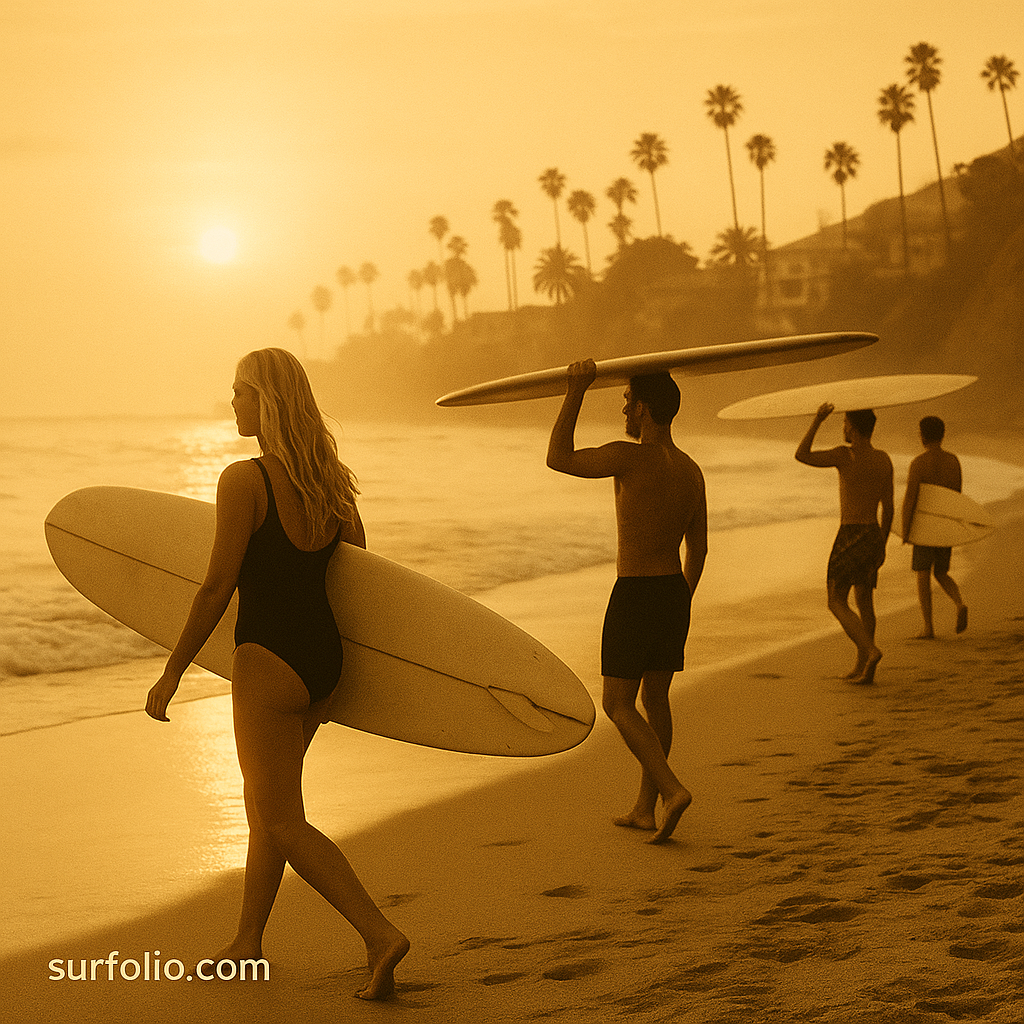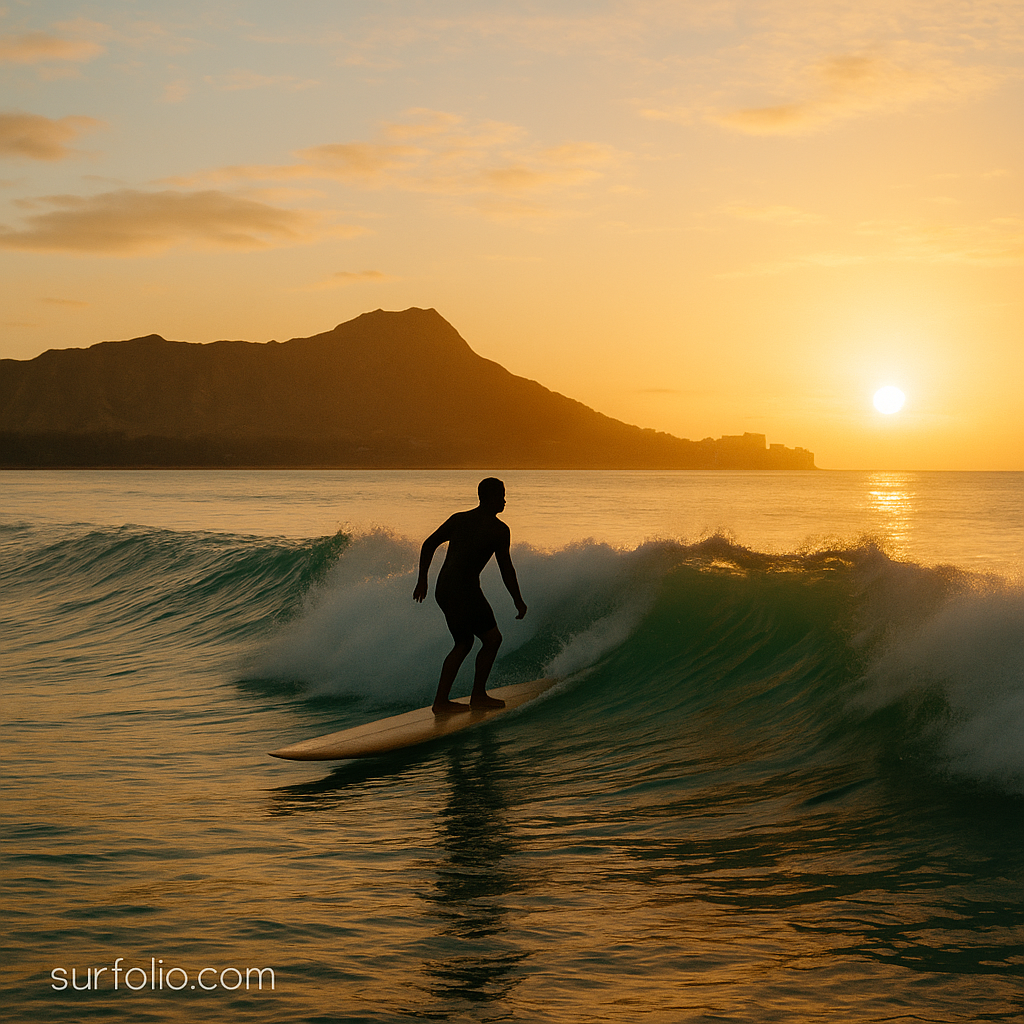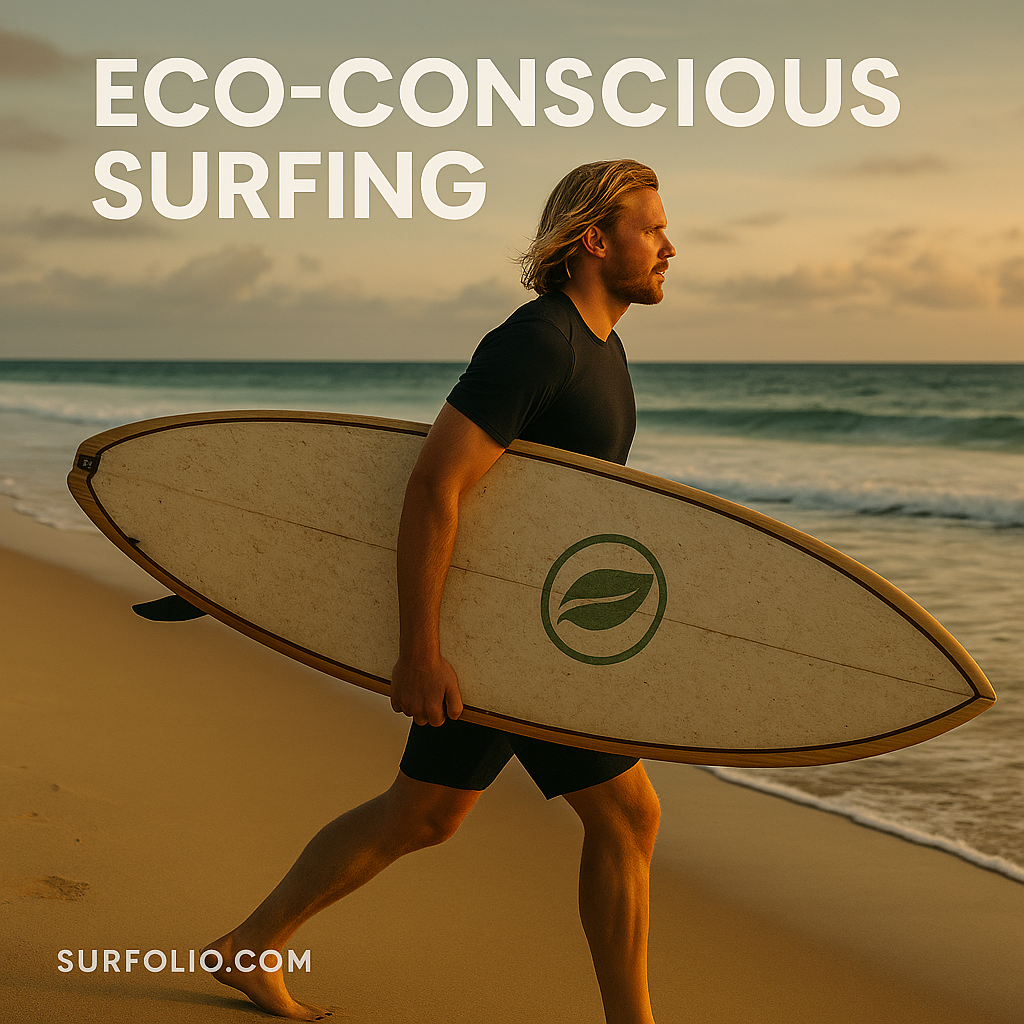
Surfing has always been about harmony with nature—the feeling of flow, connection, and respect for the ocean. But as the world faces environmental challenges, surfers are realizing that simply loving the sea isn’t enough. Protecting it is part of the ride. From recycled surfboards to ocean-cleanup movements, eco-conscious surfing is transforming the culture from the inside out.
Continue reading “The Rise of Eco-Conscious Surfing”
